INCREDIBLE PLACES TO VISIT BEFORE THEY DISAPPEAR FROM THE PLANET!
- Get link
- X
- Other Apps
PANCHALI DEY, TIMESOFINDIA.COM, TRAVEL TRENDS, WORLD
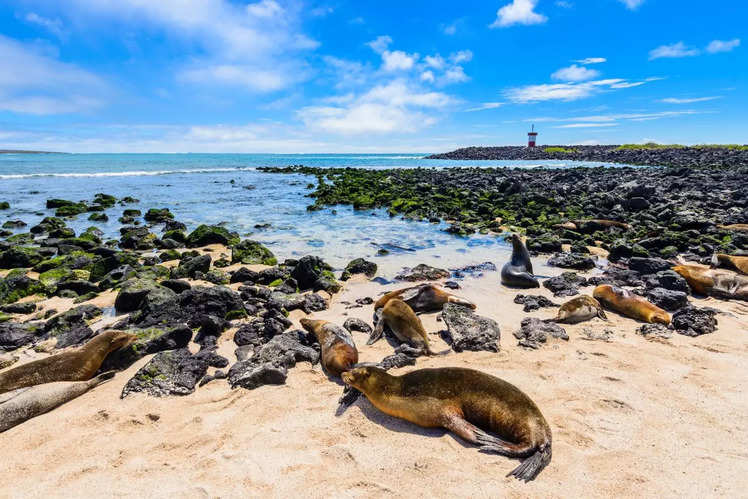 Credit: iStock Credit: iStock |
Incredible places to visit before they disappear from the planet!
There are some incredible sites on earth; sites that will be gone forever. There are speculations as to how soon these places will completely disappear from the face of the Earth. For now, you can definitely check out these places and visit them before it’s too late.
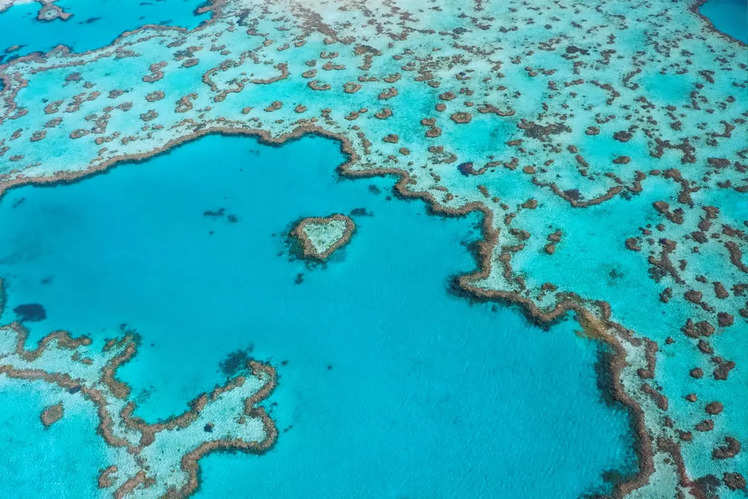 Credit: iStock Credit: iStock |
Great Barrier Reef, Australia
Did you know that the world’s largest coral reef, the Great Barrier Reef, will likely disappear in future. Home to some 1500 species of fishes, including some that are only found here, it covers an area of around 1680 miles and is a sight to watch. However, reports have it that the reef has lost around 50 percent of itself in the past 30 years due to coral bleaching and global warming. And, if estimates are to go by, the Great Barrier Reef would be irreversibly damaged by the year 2030.
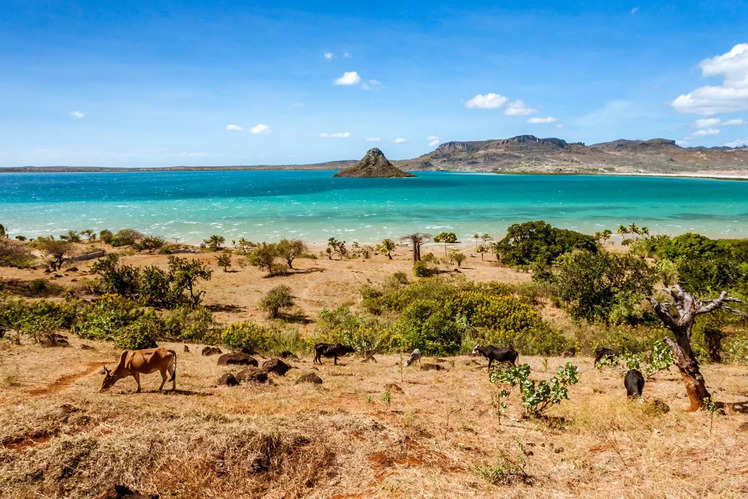 Credit: iStock Credit: iStock |
Madagascar Island, Southeast Africa
Madagascar is a mecca for wildlife enthusiasts, as it’s home to around two thirds of chameleons in the world, 50 species of lemur, and much more! However, the main threat that Madagascar is facing right now is deforestation, whereby nearly 90 percent of the island’s original forests are also gone. And, if reports are to go by, many of Madagascar’s unrecorded endemic species will be lost before they are even discovered. Scientists also estimate that we might lose Madagascar Island in the next 35 years.
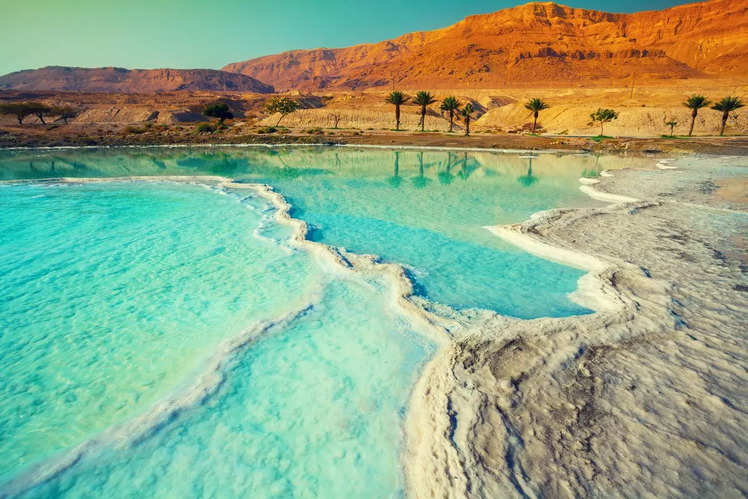 Credit: iStock Credit: iStock |
Dead Sea, border of Jordan and Israel
The Dead Sea, known for its high salt levels, which lets bathers float without any efforts on its waters, is finally dying. One of the popular tourist attractions, a mix of geological and human factors have contributed to its disaster, where the water levels are reportedly falling at a rate of around 3 ft per year.
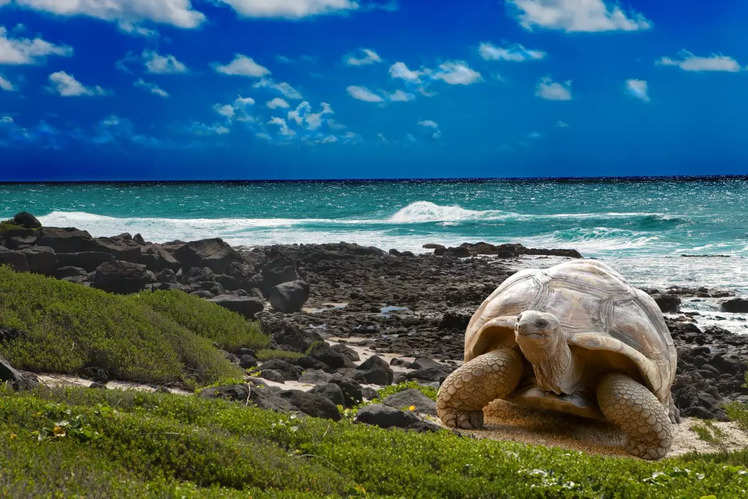 Credit: iStock Credit: iStock |
Galapagos Islands, Ecuador
Galapagos Islands are a little world within themselves, and serve as a home to an overwhelming variety of flora and fauna, ranging from flightless cormorant to giant tortoises. But this archipelago is also fighting for survival. With regular influx of cruise passengers, four busy airports, and swelling population, Gálapagos is sadly on its way to devastation.
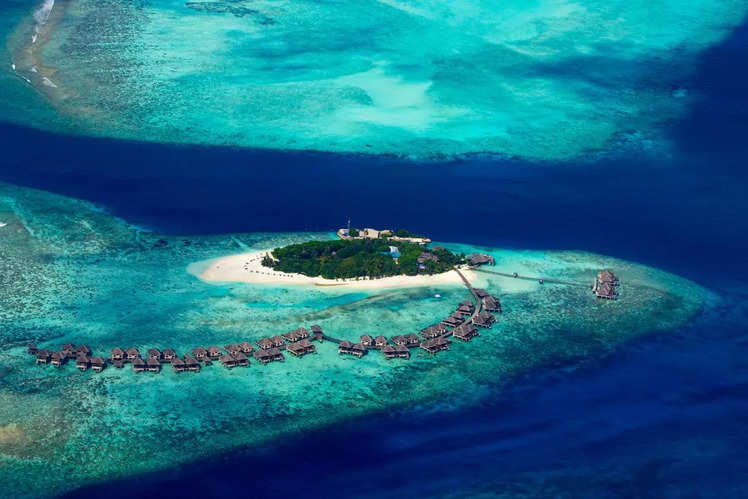 Credit: iStock Credit: iStock |
The Maldives
Pristine beaches, exotic resorts, incredible snorkelling spots of this beautiful destination have been luring visitors from across the world every year. However, the future of this island nation doesn’t look bright. It is likely the Maldives might become the first nation to be lost to the ocean by the end of the 21st century if sea levels continue to rise at their current rate.
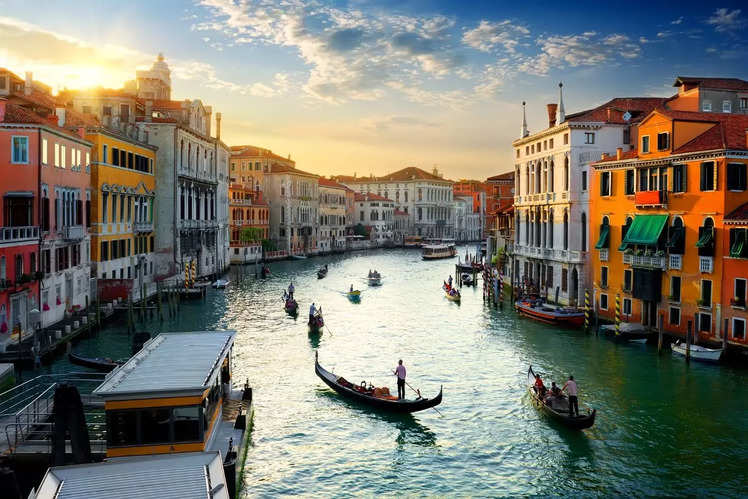 Credit: iStock Credit: iStock |
Venice, Italy
This postcard-perfect Medieval city is also under threat due to rising sea levels. The city’s intricate network of canals that zips under bridges and through cobbled alleys, might be a sight that we will witness only on postcards in the near future. Since Venice is built on an unstable lagoon, it’s sinking rapidly, whereas recurring floods have only sped up the damage that is being inflicted on Venice’s low-lying brick buildings. Reportedly, a mere 3.3 ft rise in sea levels would take the city underwater. So, the concern is not if the city will disappear, but as to when the catastrophe will strike.
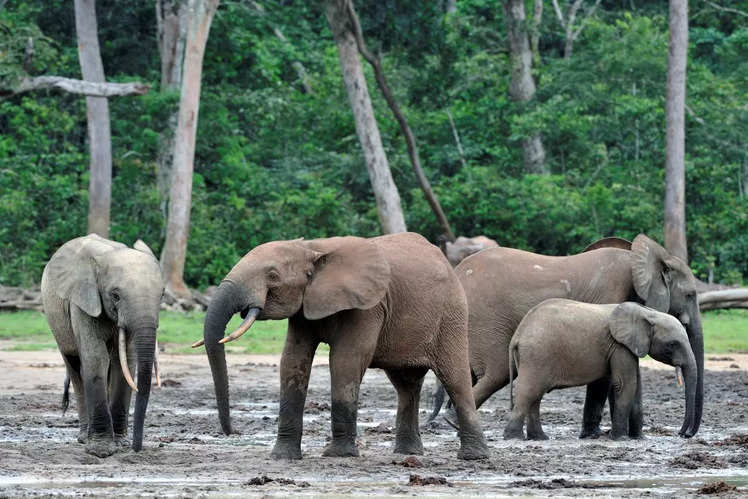 |
The Congo Basin, Africa
Responsible for nearly half of the world’s oxygen, the Congo Basin is yet another vulnerable wilderness area. Teeming with elephants and gorillas across savannas, forests and swamps, the basin is threatened by mining, deforestation, and illegal wildlife trade. Environmentalists worry that if a similar situation persists, the forest’s plants and animals could likely disappear by 2040.
 Credit: iStock Credit: iStock |
Olympia, Greece
The ancient city of Olympia is one of Greece's prominent archaeological sites, and has been inhabited since prehistoric times. However, in recent years, it has faced hot and dry summers that have led to rampant wildfires, scorching the surrounding areas, and also encroaching the areas close to the ruins. History buffs are of the view that with rising temperatures and lower rainfall, it would be wise to visit this spot sooner rather than later.
VISUAL STORIES

TRAVEL
Travel to watch your favourite sport

TRAVEL
The coolest things to do in the Indian Himalayas!

TRAVEL
Day trips from Bengaluru
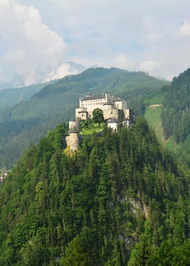
TRAVEL
Castles in the air: the spectacular cliff-hanging wonders
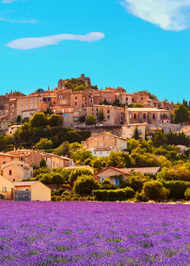
TRAVEL
World Tourism Day—charming villages to visit
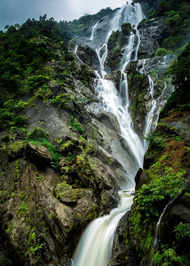
TRAVEL
A look at Goa’s must-visit waterfalls

TRAVEL
A peek into India’s most charming lake cities

TRAVEL
Historic places in the middle-east

TRAVEL
Year-end festivals to look forward to in India
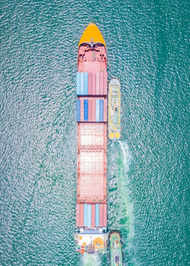
TRAVEL
A look at the most stunning port cities of India
Join Us On FacebookClose
COMMENTS (2)

Travel 12:18 Around The World4 days ago
if not for Mandar Kulkarni, we would have never known & travelled to these beautiful places. Take this opportunity to thank Mandy!
Comments
Post a Comment